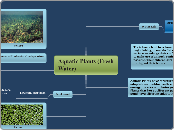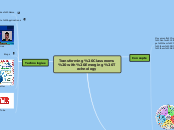realizată de Mohammed Jasim Javeed 4 ani în urmă
401
Science-Light
The interaction of light with surfaces and its properties are essential aspects of optics. When light strikes a surface, it bounces back, a phenomenon known as reflection. This ability to reflect light allows us to see objects because part of the light is bounced off into our eyes.









